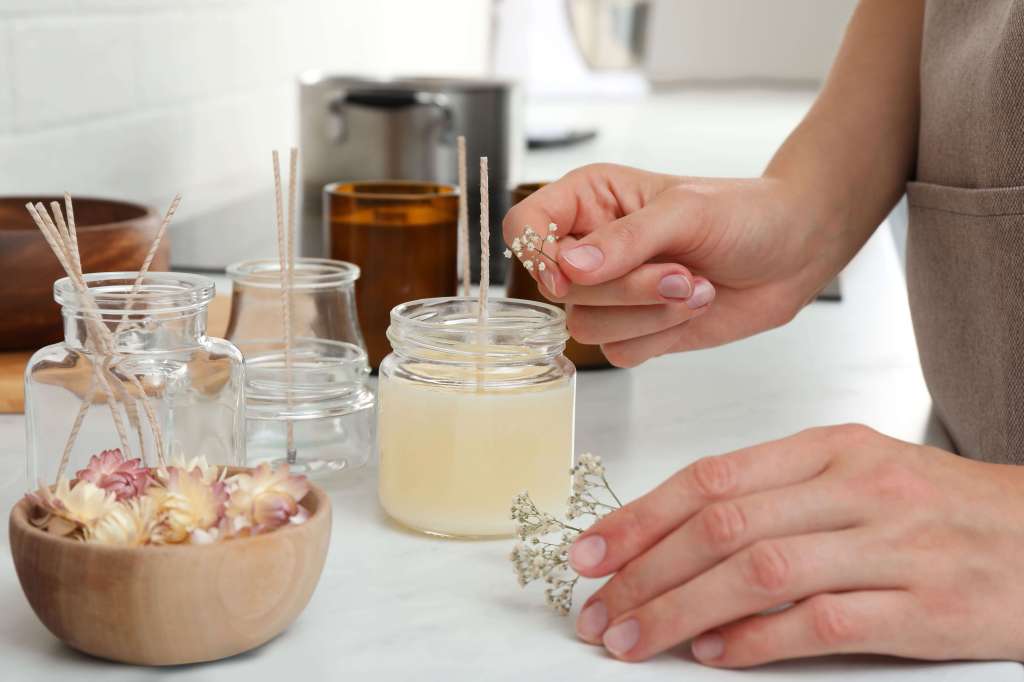Finding the right product that’ll delight your customers and meet the needs of today’s society may sound like a daunting task. And as a small business you’ll likely have even more challenges without a financial buffer and large team of people behind you.
But don’t let that put you off.
As a small business owner you’ll know your business (and your customers) inside out. With the right research and planning you can start growing or diversifying the products you sell, whether that’s online, in a bricks and mortar shop, or in a café or restaurant. Our seven-step guide will help you understand the basics when it comes to developing a product.
What is product development?
Product development is the process of bringing a product to market, from an initial idea and market research to design, manufacturing, and testing.
A product can be anything from children’s toys, clothing, and gym equipment to food and drinks. Products can also be intangible items like a service or system that you sell to consumers.
How to develop a product – a simple guide
Whether you’re an entrepreneur bursting with new ideas or you simply know how to solve a problem for your customers, this seven-step guide will help you successfully develop your next product.
Ideas, ideas, ideas
This is the creative stage where you can think about what’s missing in your business or how you might evolve an existing product.
Have you spotted a gap in the market? Can you tap into the latest business trends and customer needs in your region? Or perhaps you’ve received customer feedback that’s sparked an idea for a new range of products.
It’s worth taking time on this stage to do your market research and look at competitors too. Using a SWOT analysis template can be a helpful way to analyse potential strengths, opportunities, weaknesses, and threats that could impact development.
Filtering and screening
It’s important to go through a stage of filtering and screening your ideas, so only the best ones make it to market. Think about the amount of time and money you’d need to bring each idea to life, the potential profit margin, and analyse that against your customer needs.
Ask everyone for feedback on your ideas. You could try:
- focus groups
- sending out surveys (it’s free and easy to set up with SurveyMonkey)
- social media polls
- attending networking events
- asking family and friends
- going where your potential customers are
Another way to gauge demand is to try to start selling your product before it goes into production. You can build a landing page to entice people in and take advantage of limited free advertising credits on Facebook or Google Ads. If people are visiting your product page then it’s a good indication that there’s interest in buying it.
Before you move onto the next stage, make sure your product aligns with your overall business plan.
Design and prototyping
Next up is the design and prototyping phase. By creating models and sketches of your product, you’ll be able to test it, get feedback (again), and iron out any problems before you go into mass production.
If you can, try to integrate sustainability into your design process as consumers are increasingly looking for brands that are doing what they can for the environment. Perhaps that’s through the materials you use, the suppliers you choose, or how you produce your packaging.
This can form part of an ESG strategy if you’ve got a mission to support the environment, your stakeholders, and your local community.
Read our guide to B Corp certification if you’re interested to learn more.

Do a small sample run
The next stage in the product life cycle is getting a small sample run of your product and testing it to find out what people think.
This is where you’ll want to do more research, for example through:
- customer interviews
- trials
- surveys
- giving out free samples
Make it
Now for the fun part: making your product. Whether you have your own craft business and are making candles to sell from home, or are sending off your product to be manufactured, it’s important to get your designs right.
If you’re not manufacturing the product yourself, think about where your manufacturing will take place and how much it’ll cost. Will it be made in the UK or abroad? How will you manage contact with your manufacturer?

You should also make sure you’re aware of any legal requirements too, such as:
- following safety and testing regulations
- using UKCA marking if you need to
- intellectual property and patents for your original designs
The government has published product safety advice for businesses and you can find your local Trading Standards office to check you’re trading legally.
Don’t forget product liability insurance
If you’re already an established business and just expanding your product portfolio then chances are you’ve already got business insurance.
But if you’re new to the world of making and selling products then you might not realise the risks involved. Product liability insurance exists to protect you if someone was to get injured or their property was to be damaged as a result of your product.
For example, mistakes on food menus can lead to allergic reactions or a children’s toy could have loose parts that cause choking.
Not sure what business insurance you need? Simply Business offers a range of business insurance policies that you can tailor to suit your business.
Spread the word
Now you’re ready to get the word out about your exciting new product. Offering customers the chance to pre-order the item can be a nice way to build up sales while your product is still in the works. Or you could consider a small-scale launch event to create a buzz around your business.
If you have a shop (online or otherwise), why not explore how to sell on Instagram? This is a great way to get your products in front of a captive audience – and they can buy without even leaving the app.
Looking for more marketing ideas? Our in-depth guide to marketing and advertising for small businesses will get you started. Plus, you might be interested in our guide to TV and radio advertising costs.
Find out more about what happens once your product is on the market in our guide to the product life cycle.
Final thoughts
New product development is certainly a challenge, particularly on top of the day-to-day running of your business. So if you have the budget, you might want to consider getting a product development company to help you as they’re able to manage every step of the process, from prototyping to production.
If you’re struggling to finance your new product ideas, you could consider venture capital or crowdfunding. It’s also worth checking if you’re eligible for a small business grant.
Are you developing a product for your business? Let us know how you get on in the comments.
Small business guides
- How to start a business in the UK
- How to set up an online shop
- How to price a product
- Is product liability insurance required by law?
Photograph 1: InsideCreativeHouse/stock.adobe.com
Photograph 2: rh2010/stock.adobe.com
Photograph 3: New Africa/stock.adobe.com
Looking for self-employed insurance?
With Simply Business you can build a single self employed insurance policy combining the covers that are relevant to you. Whether it’s public liability insurance, professional indemnity or whatever else you need, we’ll run you a quick quote online, and let you decide if we’re a good fit.
